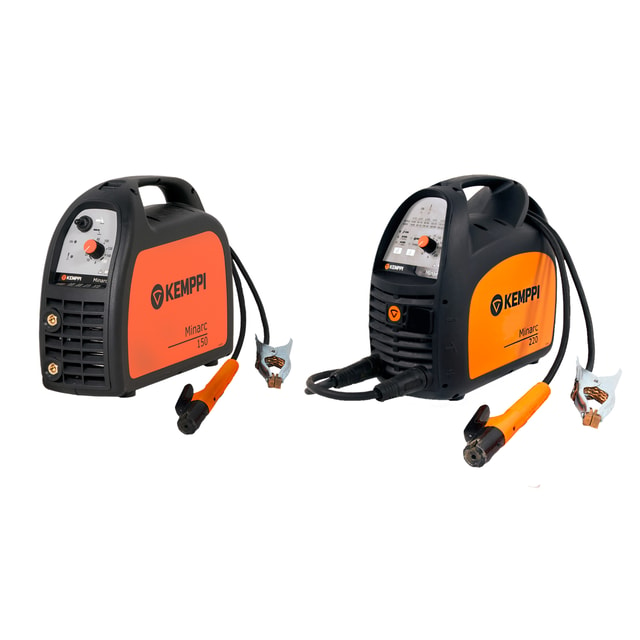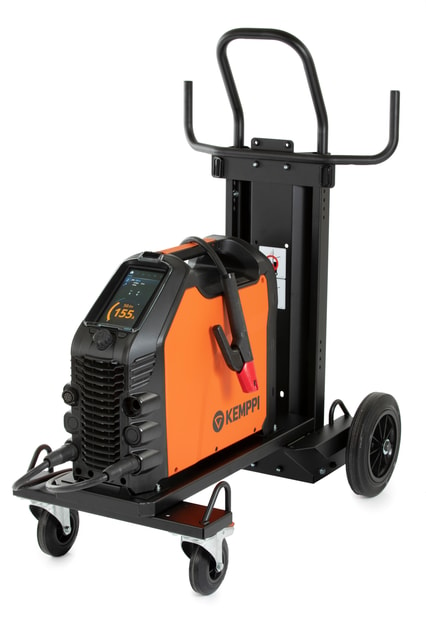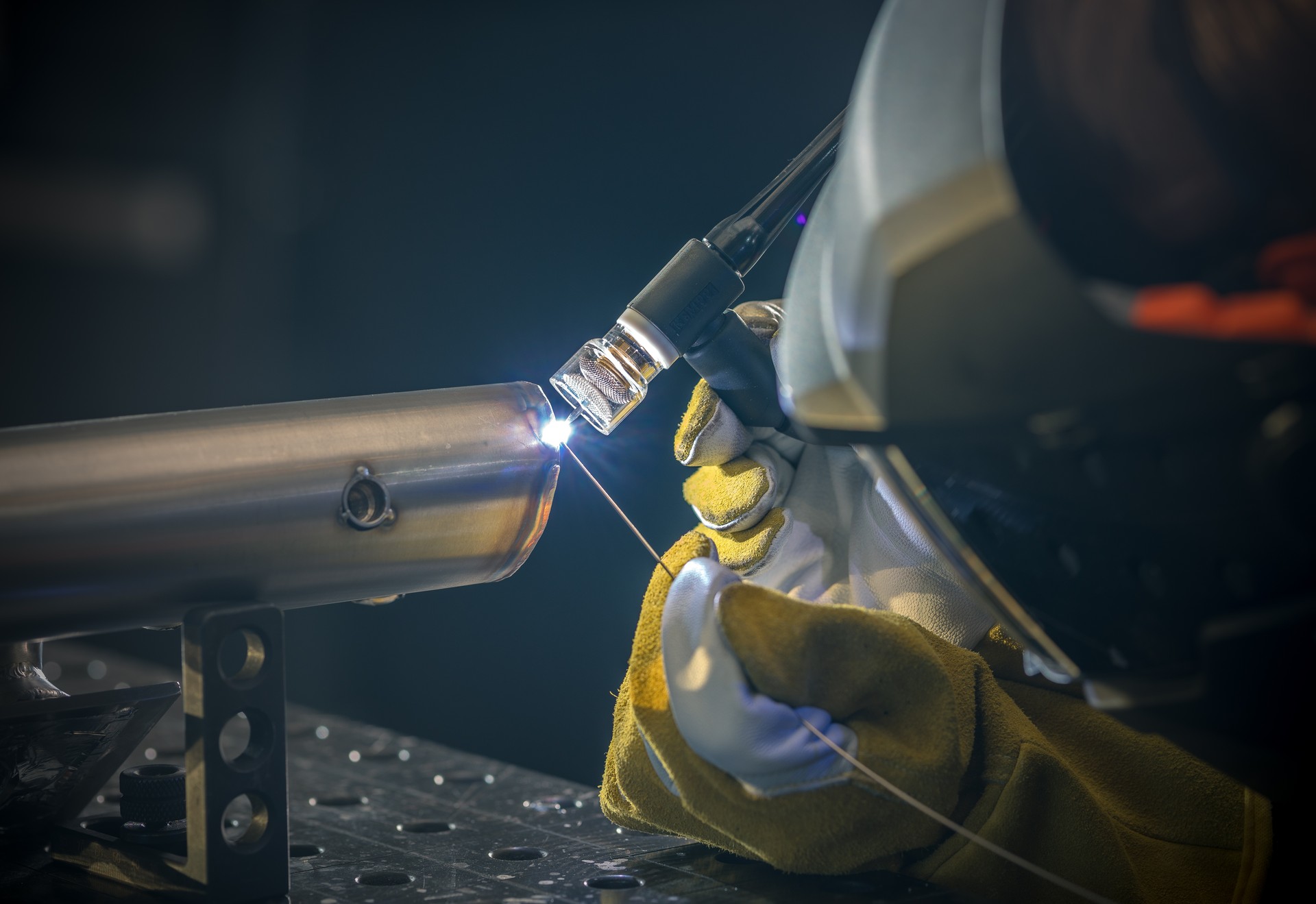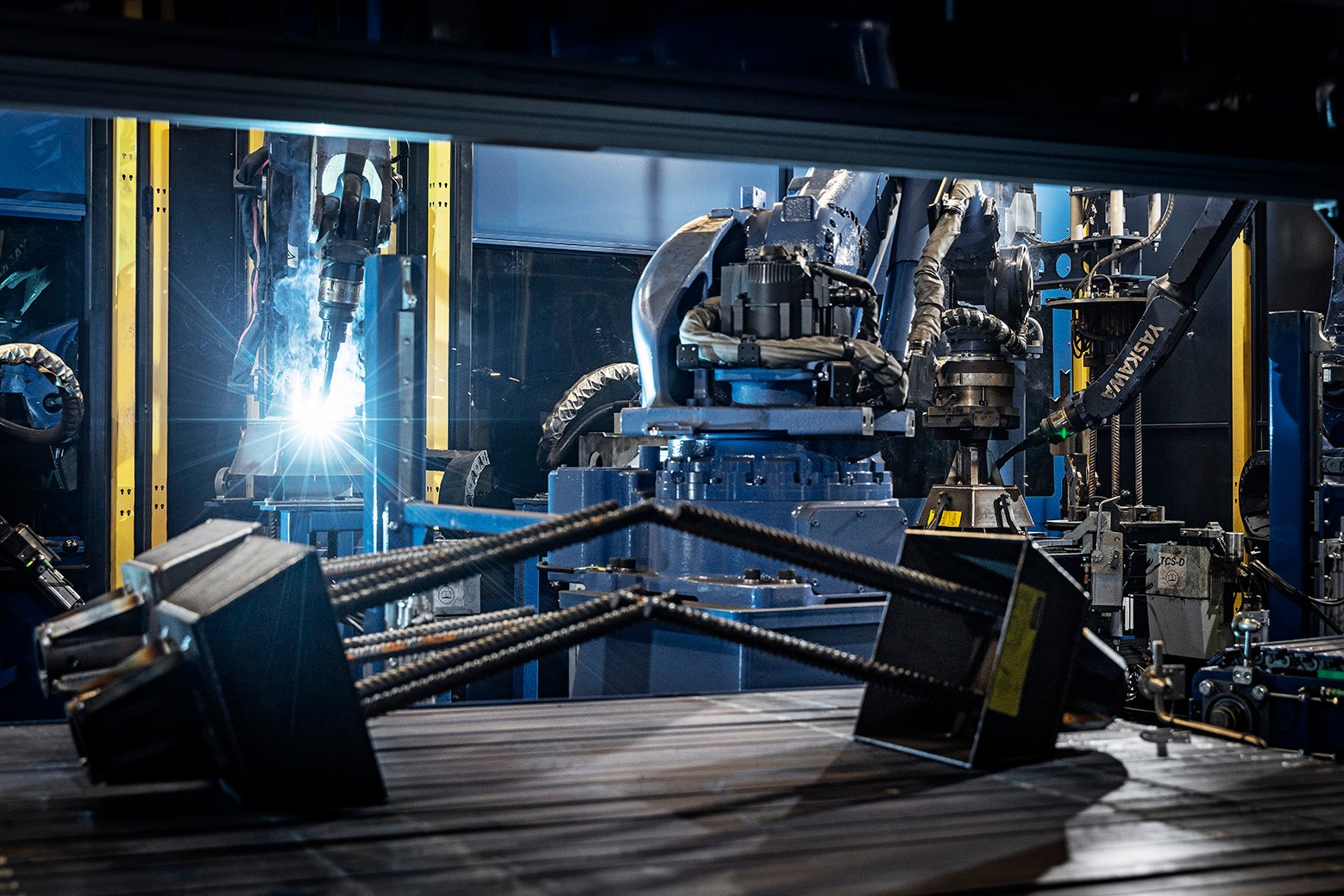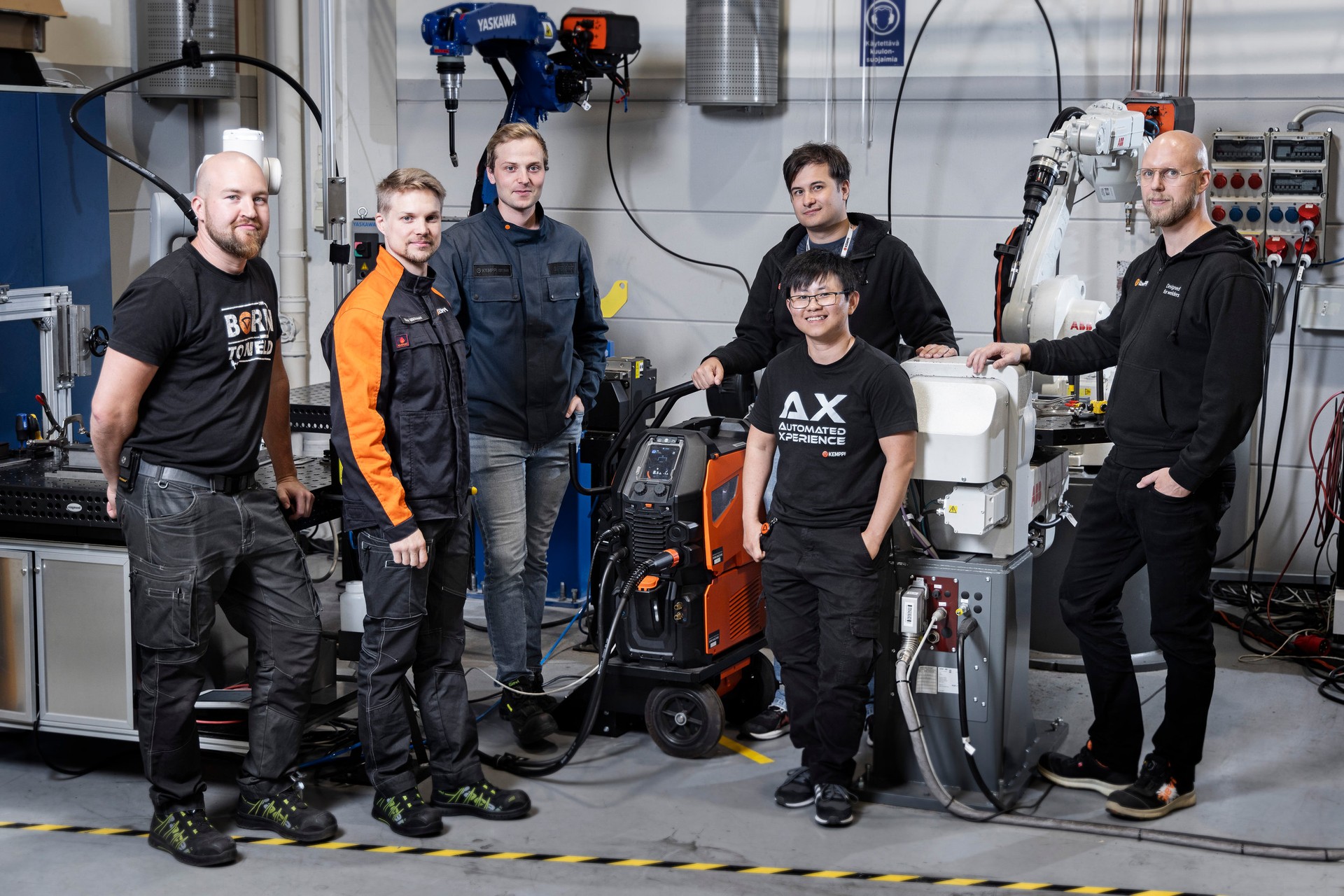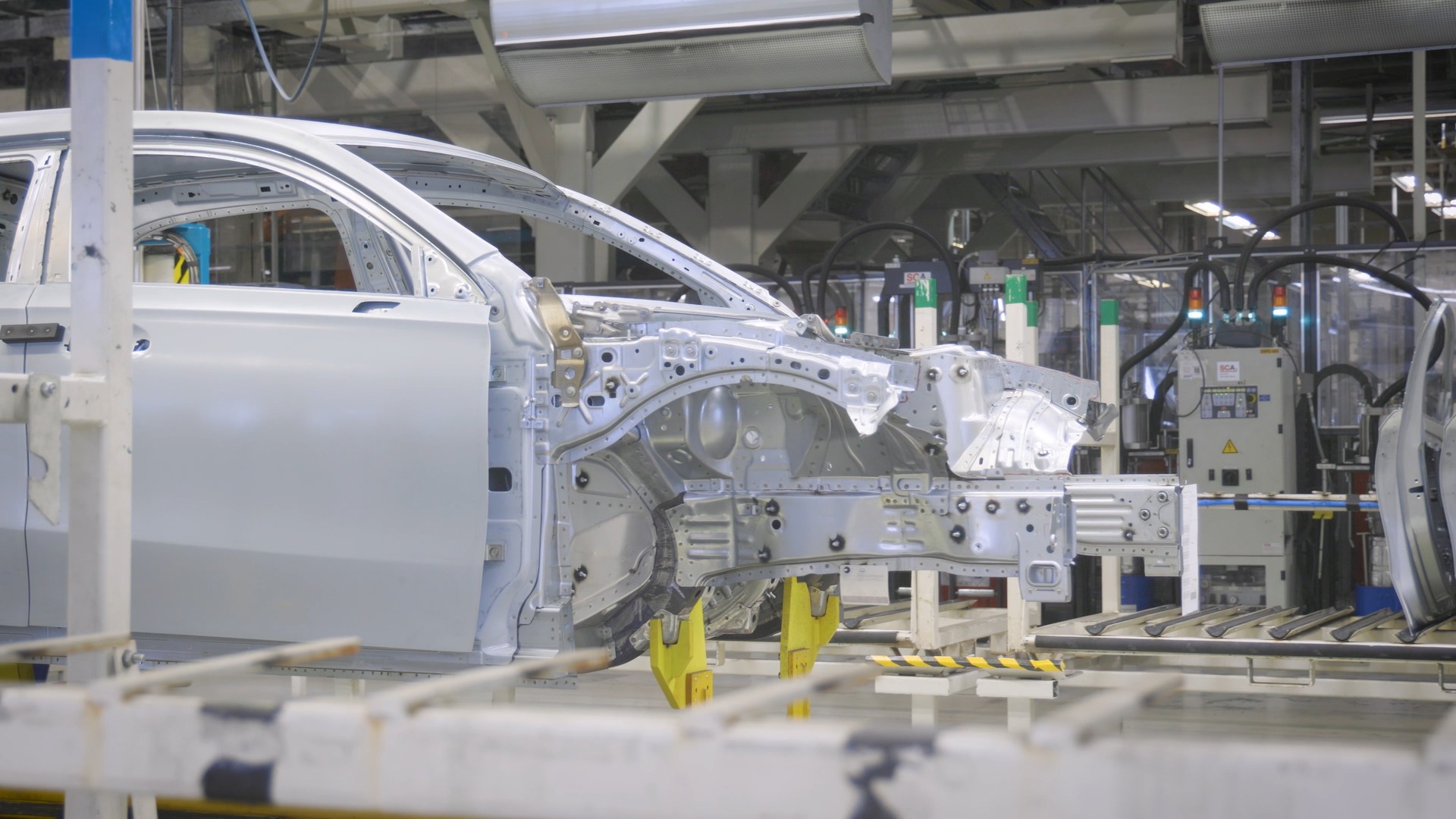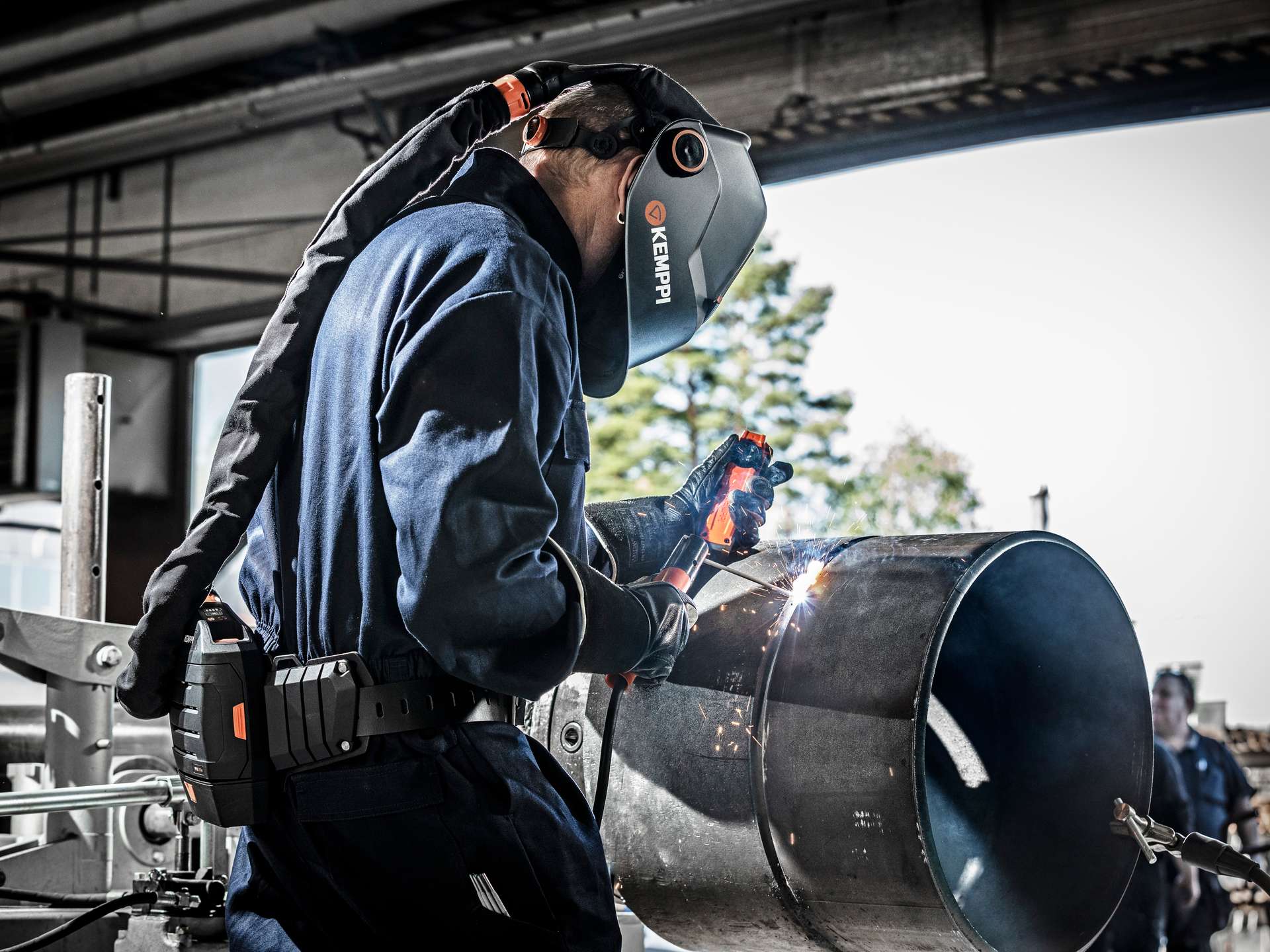
Welding ABC
Stick welding
February 4, 2024
Applications, equipment, electrodes, and techniques for stick welding
Welding Value
Topics:
THE BASICS OF STICK WELDING
Stick welding, also known as manual metal arc (MMA) welding refers to a welding method where a filler rod in the electrode holder serves as the welding electrode. The arc burns between the rod and the workpiece.
The difference to other welding methods is that the filler rod that serves as the welding electrode in MMA welding shortens continuously as the welding progresses. In TIG and MIG/MAG welding, the distance of the torch from the workpiece must remain constant at all times. In MMA welding, however, the electrode holder must continuously be brought toward the workpiece to keep the distance between the electrode and the molten weld constant. This presents special challenges for MMA welding.
STICK WELDING APPLICATIONS INCLUDE UNDERWATER WELDING
MMA welding can be used under almost any conditions, and therefore it is a rather universal method in the welding industry. It is commonly used in installation worksites where good reachability is required for welding machines and where work is often done in outdoor environments.
MMA welding is a common welding method for example in welding power plant pipelines and in other pipe welding sites. It is also a welding method favored by hobbyists and small repair shops. It can also be applied in underwater welding, where fillers designed particularly for underwater environments are used.
STICK WELDING MACHINES ARE SMALL AND AGILE
MMA welding requires a power supply, a ground cable, and a welding cable equipped with the electrode holder. There is no shielding gas, as the welding electrode is coated with a material that produces shielding gas and slag over the molten weld pool. Many TIG welding machines are also suitable for MMA welding.
Today’s small inverter power sources further increase mobility and reachability. The power supply can, for example, be connected to a generator with long input cables, taking the welding machine next to the workpiece. The smallest power sources currently weigh only 5 kg (10 lbs).
MMA welding is rather popular in hobbyist use as the only required parts are the power source and the filler material rods. No shielding gas is required, and the devices usually operate with the current obtained from a regular residential power outlet.
Browse Kemppi MMA welding equipment
STICK WELDING USES FIXED-LENGTH ELECTRODES
A welding electrode is a fixed-length, straight welding wire coated with a filler material. The welding electrode has a fixing head with which it is attached to the electrode holder. The other end of the electrode has the ignition head with which the workpiece is stuck to ignite the arc. The quality or trade name of the electrode is indicated near the fixing head in the coating. Usually, also the AWS class ID is included.
The diameter of a welding electrode refers to the diameter of the metal rod inside the electrode. The purpose of the coating on the surface of the metal rod is to protect the welding event from the effects of the surrounding air, to produce slag to support the weld, and to make the creation of the arc easier.
KEEP THE ARC AS SHORT AS POSSIBLE FOR THE PERFECT STICK WELDING TECHNIQUE
Before welding, it is recommended to check the condition of the welding power source, the cables, electrode holder, and the grounding clamp. If the power source has a control panel and remote control, their functionality should also be reviewed. The quality and strength of the welding electrodes must be checked, and they must match the workpiece. The coating on the electrode must be intact.
The welding is started by sharply striking the bottom of the groove with the welding electrode. After this, move the welding electrode back to the beginning without stretching the arc, and move the electrode easily while monitoring the width of the molten weld pool. Move the welding electrode with the handle pointing forward. The boundary of the slag formed is visible after the molten weld. It must be behind the molten weld. The distance of the slag boundary from the molten weld can be adjusted with the welding current and the angle of the electrode holder.
Throughout the welding, concentrate on the length of the arc and keep it as short as possible. The length of the arc increases easily as the electrode decreases in size during the welding. The movement may be somewhat difficult to control at first but it is easy to get accustomed to.
When the welding electrode runs out, one needs to remove the slag from the previous weld and clean it with a steel brush. Ignite the next electrode slightly ahead of the previous weld and then move the welding electrode back to the previous weld and continue with the welding.
Turn off the welding electrode by moving it slightly back to the completed weld and then lifting the electrode straight away from the workpiece.

Welding Value
Welding Value is a corporate blog hosted by Kemppi Oy. Its main purpose is to evoke discussion on the transformation of modern welding, and bring you the latest stories from within the global welding industry told by true experts in their respective fields.
